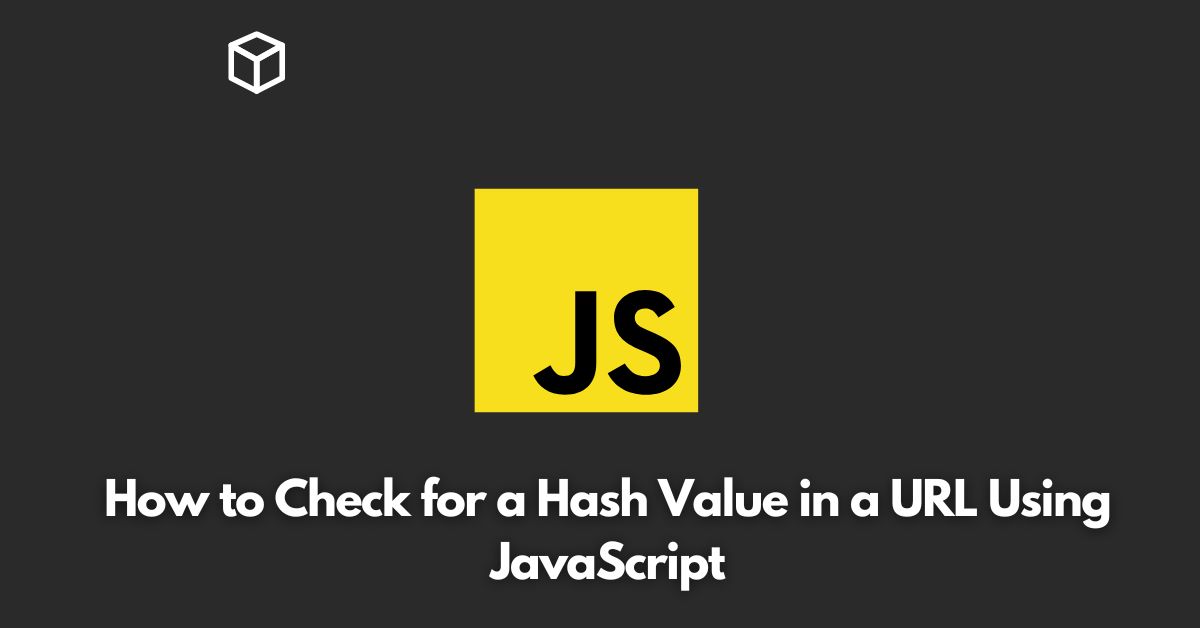Hash values play an important role in modern web development and are commonly used in Single Page Applications (SPAs) to enable deep linking.
Hash values in a URL allow developers to maintain the state of a web page without reloading it, resulting in a smoother user experience.
In this Javascript tutorial, we will explore how to check for a hash value in a URL using JavaScript.
Hash Values
Hash values, also known as hash fragments or fragment identifiers, are a part of a URL that follows the hash symbol (#).
They are used to represent a specific section or content on a web page.
For example, if you have a web page with a table of contents and you want to link to a specific section, you can use a hash value in the URL to indicate the target section.
Hash values are not sent to the server, meaning that they only affect the behavior of the client-side JavaScript.
This makes them an efficient way to modify the state of a web page without causing a full page reload.
Checking for a Hash Value in JavaScript
There are several ways to check for a hash value in JavaScript, but the most straightforward method is to use the location.hash property.
The location.hash property returns the hash value of the current URL, including the hash symbol (#).
Here is an example of how you can use the location.hash property to check for a hash value in JavaScript:
if (location.hash) {
console.log("Hash value: " + location.hash);
} else {
console.log("No hash value found.");
}In this example, the code checks if the location.hash property has a value.
If it does, it logs the hash value to the console.
If not, it logs a message indicating that no hash value was found.
Handling Hash Changes in JavaScript
In addition to checking for a hash value, it is also important to handle changes to the hash value in real-time.
This can be done using the hashchange event, which is fired whenever the hash value in the URL changes.
Here is an example of how you can use the hashchange event to handle hash value changes in JavaScript:
window.addEventListener("hashchange", function() {
console.log("Hash value changed to: " + location.hash);
});In this example, the code adds an event listener to the window object for the hashchange event.
Whenever the hash value in the URL changes, the event listener is triggered, and the new hash value is logged to the console.
Conclusion
Hash values play an important role in modern web development and are used to represent specific sections or content on a web page.
Checking for a hash value in JavaScript is straightforward, and can be done using the location.hash property.
Additionally, handling hash value changes in real-time can be done using the hashchange event.
With this knowledge, you can now add hash values to your web pages and create a smoother user experience for your users.




